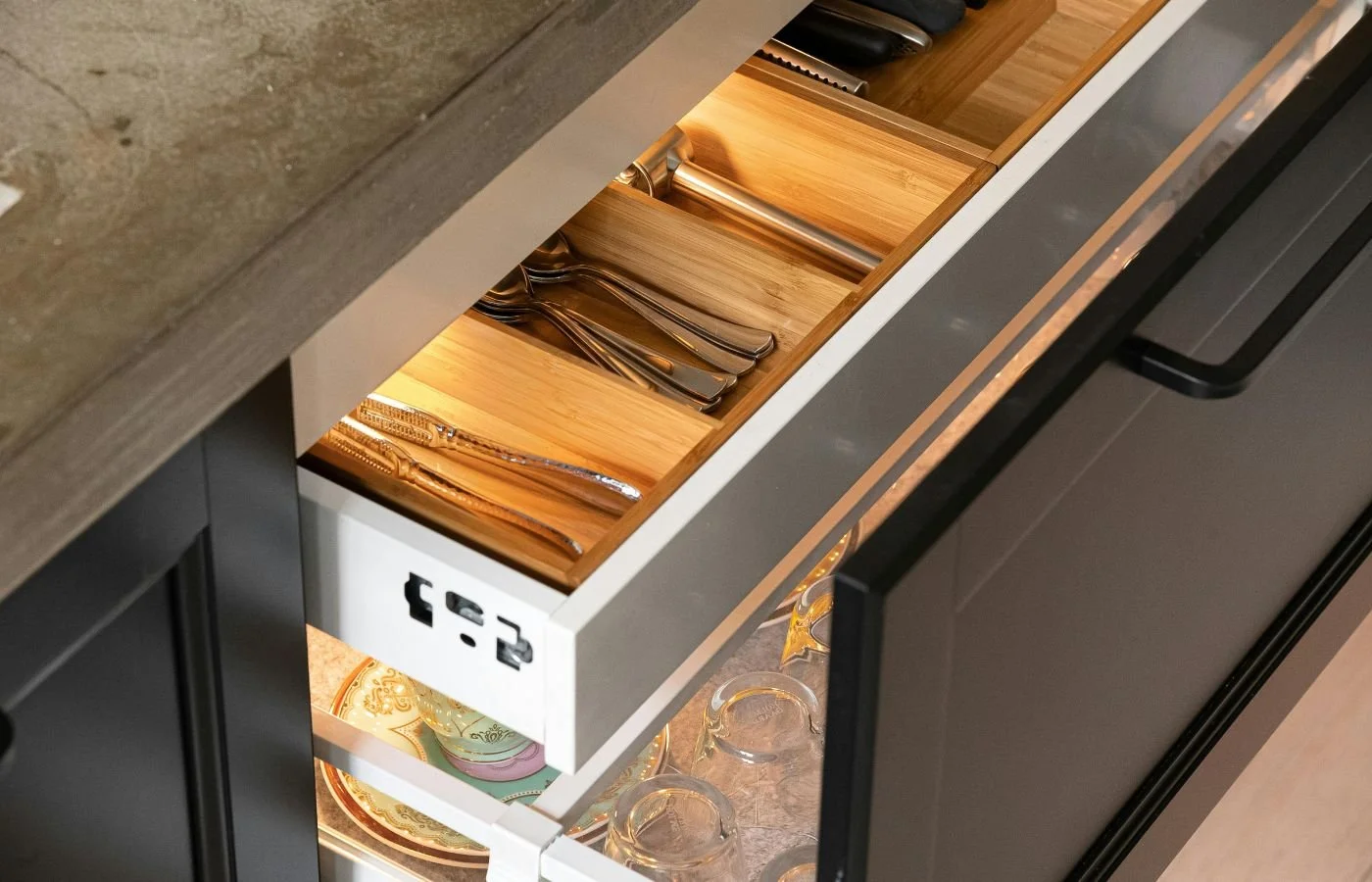Meal Organization and Planning
Organization and Action Steps to Organize Meal Planning
Meal planning is a technique that helps cut down on the time it takes to get meals on the table. Once you know how to do it, it becomes second nature. One tip is to divide your grocery list into categories for an easier shopping trip. Look to The Uncluttered Life’s Declutter Deck® for tips and tricks about home organization.
Organization
There is no point to purchasing groceries when you can use what you already have in your pantry. It’s a great way to save money and reduce food waste. At The Uncluttered Life, we believe in having little to no waste in meal planning and prep. Learn to shop from your pantry rather than the grocery store.
Almost every family is going to need at least one leftover night when your schedule is busy and to prevent food waste. Another good idea is to eat what is in the freezer on a regular schedule. In fact, we have a night called “Clean Out the Refrigerator” dinner. It gets rid of everything so that little, if anything, goes to waste.
Action Steps
Start by collecting recipes you know from the following categories: salads, main dishes, side dishes, etc.
Make a list of every item in your pantry, refrigerator and freezer. Categorize them by type of item. This includes vegetables, fruits, canned goods, meats, dairy, and snacks.
Determine how many meals you will actually need. Take into account busy nights, leftovers, and the time and energy you will have to prepare the meal.
Look through your recipes and try to match your meals to at least 2-3 ingredients you already have on hand. Start with meats since they are usually the most expensive and expire quickly. Try for plant-based meals at least several times a week in place of meat.
Put those meals into certain days. Consider when ingredients will go bad. Put easier recipes on days when time is limited.
Make your grocery list. Cross reference your inventory so you don’t buy what you already have. Don’t forget to add snacks and essentials.
If it works for your family, have the exact same meal each night of the week. For example, spaghetti on Mondays, tacos on Tuesday.
Be flexible if there is a night when the meal plan doesn’t work out. Shuffle meals around, pushing meals with more shelf stable ingredients to the end of the week.






